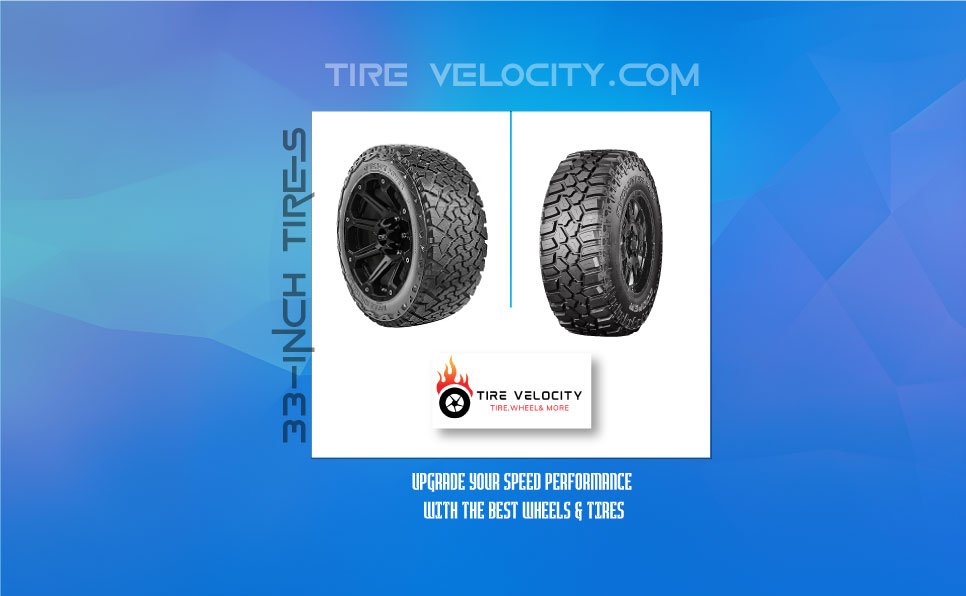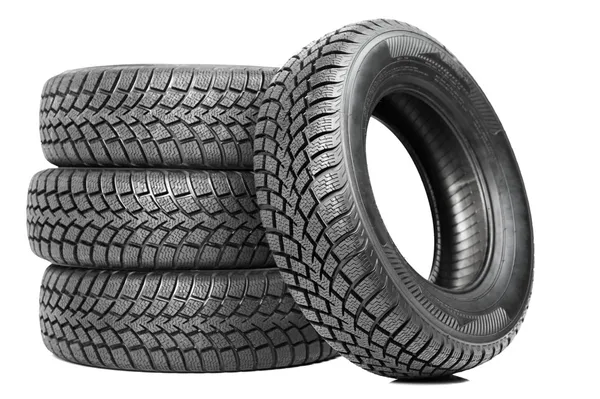Uncover secrets for fat Tire fitting on any bike. Follow a simple step-by-step guide in minutes to work with a skinny-to-broad MTB tire conversion process. Great for both the beginner and seasoned pro! Change a Fat Bike Tire with ease using this comprehensive guide.
How to Change a Fat Bike Tire

Changing a fat bike tire may be easy with the appropriate equipment and methods. Tire changing is necessary for hiking or prepping your bike for the next journey.
Tools You Will Need:
- Tire Levers: These are necessary for getting the Tire off your rim.
- Pump: A big, high-volume pump for the fat tires.
- Tube/Patch Kit: Unrelated to point 1, in case you get a puncture.
- Wrench: To unscrew and screw the axle nuts in (if your bike does not possess quick release).
Step-by-Step Guide:
- Take The Wheel Off: If you have a quick release on your bike, open the lever and slide off the wheel. Before removing wheels from motorcycles with axle nuts, loosen them using a tool.
- Air Out The Tire: Push in the valve core to release your air from that Tire.
- Take the Tire Off from the Rim: Begin on one side of the Tire. Using your tire levers, start wedging them between the Tire and the rim. Work your way around the rim, carefully prying the Tire away. Continue until you have one side of the Tire off the rim.
- Take Out The Tube: Push the inner tube when one side of the Tire is off. Feel for anything sharp inside the Tire if you fix a puncture and replace the tube.
- Install the New Tube or Tire: When changing the Tire, mount a new one on your rim. You may have to replace or patch the tube and then reinstall it, this time around, taking care not to distort the new placement of components.
- Seat the Tire: Push the Tire back onto the rim with your hands. Begin from one side and go around the bracket, ensuring not to pinch the tube.
- Pump the Tire: Pump up your Tire with a high-volume pump. From there, go around the bike tire to ensure there is even seating on the rim.
- Remount the wheel:
- Lock it using a quick release or axle nuts: Most rear wheels utilize axle nuts, so ensure you use the appropriate method for securing the wheel.
- Ensure all bolts are tight: Double-check that all bolts are correctly tightened to secure the wheel in place.
Tips for Success:
- When you ride, bring a spare tube and tire levers.
- Learn how to change a tire at home before you have to do it, as well.
- Keeping an eye on tire pressure is also an excellent way to prevent those pesky pinch flats.
How To Put Some Fat Tires On It
A fat tire is a much larger, wider tire. It meets the wheel with higher traction. This design allows for added comfort when used off-road. But what if your bike doesn’t have it from the beginning? So, let us share how you can pimp your motorcycle out to carry these beefy tires.
What to Think About Before You Buy Fat Tires:
- Frame & Fork Clearance: Make sure your bike will fit wider tires. Measure the gap between the fork legs and chainstays.
- Rim Width: You will need to pair fat tires with a fatter rim for optimal performance. See if your existing rims are compatible with the added width or if they need to be replaced.
- Brake Compatibility: If you use Gigantor tires, upgrade your braking system because these tires need extra space.
Installation Steps:
- Choose the Right Tires: Choose fat tires with the correct rim width for your bike and style of riding. Sizes Available: 26 or 27.5 x up to 3.+ wide.
- Replace the Rims (if possible): If your rims are too narrow, you might need to get wider rims to fit these wide tires. Once it properly tightens everything, you can put on the new tires and rims.
- Adjust the Brakes: Fit a pair of disc brakes and mount the brake calipers on your bike. Go over everything and ensure that it is in line.
- Test Your Bike: Go for a bike ride to check the new tires. Make sure they are put on correctly and that the bike rides smoothly.
Benefits of Fat Tires:
- Increased Stability: The larger footprint provides more stability on bumpy ground.
- Enhanced Traction: Fat tires are less likely to sink in snow, sand, or mud.
- Comfortable Ride: A high volume of air filled into the Tire makes it naturally shock-absorbent.
These steps will guide you to transform your traditional bicycle into a fat tire bike. You can easily ride on any surface with a fat bike tire.




